Description
*A very unique Colombian. If you are a traditional Colombia fan, this may not be the cup for you. For you Natural Processed and slow dry fans, a very cool new arrival. Sweet and floral with some strong fruit forward notes. Old world natural, high chaff and uneven roasting.
Tasting Notes: Lighter roasts have some good acidity, strong lemony floral fading into a wild less refined fruity factor. Traditional light roasts can pull some grassy if you don’t flick a bean or two. If you like a sizzling cup, going light and flicking any beans still golden in color will be a tasty treat. Medium roasts are much easier to achieve and require no flicking, they do not risk the grassy tones, builds good balance with a little chocolaty nutty factor lessoning the acidity and fruitiness just a touch, no matter where you roast this will be a fruit forward cup. Tasty touching 2nd crack as well but will turn the darker notes semi bitter-sweet, good contrast with the fruity/floral.
Roasting Notes: A little trickier to roast, high chaff and pretty uneven roasting. Slowing down the roast a bit and shooting lighter is a good thing, but try to make sure almost everything is through first crack. A coffee where if you go pretty light, you may want to flick a bean or two that’s still a little golden colored or risk some grassy tones. Taste wise, worth the effort, not much else compared to these unique naturals. A wild cup, a longer setup will be good for most, the first 3-4 days after roasting can be a little extreme especially at those lighter roast points.
For many years Tolima has remained hidden in plain sight between other well-known coffee growing regions because armed conflict and coca leaf production isolated coffee producers and exposed them to high rates of violence. During this time the municipality of Planadas, located in the southernmost corner of Tolima, had remained an untapped source of specialty coffee where thousands of producers have been cultivating coffee on just a few acres of land intercropped with shade trees, bananas, corn, beans, and sugarcane. As conflict has subsided in recent years, locally organized producer groups have created market access for their coffee.
A select group of producers volunteered to take on processing techniques uncommon for the region, which brings us to this rare naturally processed lot from small farms in the communities of Caicedonia and El Rubi. Each producer floated their harvested cherry to remove damaged and less dense beans. Then the cherries were sealed in airtight plastic drums and fermented for 46 hours. Next the cherries were placed on raised beds and dried to 30 percent moisture over a period of days. Then the cherries were placed in grainpro bags and rested for 5 days in a cool indoor space. Then the coffee was returned to the raised beds and dried to 20 percent moisture and again rested in grainpro bags for another 4 days.
After this process the coffee was placed in a mechanical drier to reduce the moisture to 11 percent. Following a strict post- harvest protocol makes each small individual batch consistent to be combined into a larger lot and a stunning example of innovation. At this stage, an export company called Mastercol provides crucial logistical support for things like warehousing and milling coffee for export to the international market, which provides better income for everyone to reinvest in their farms and strengthen their families’ livelihoods.
Variety: Caturra, Colombia
Elevation: 1800 – 1900 masl

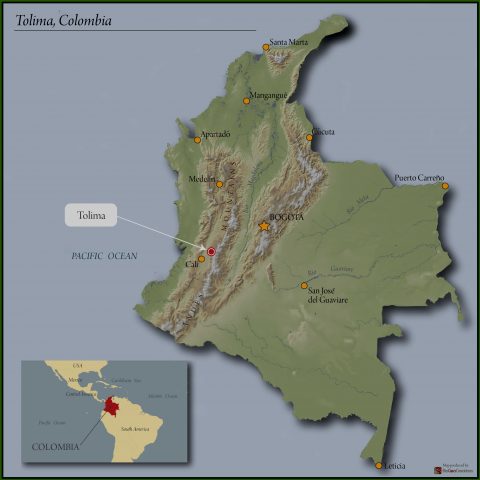
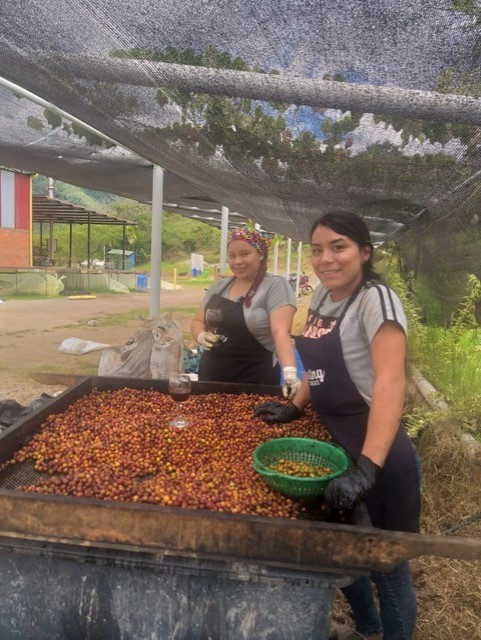
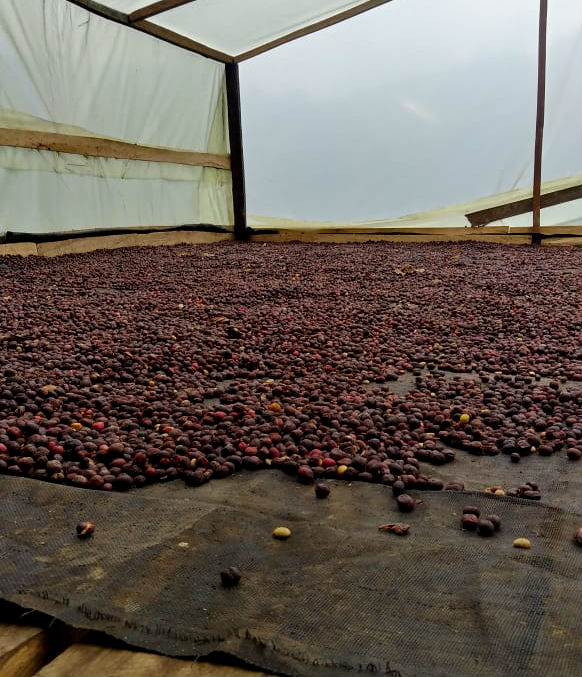
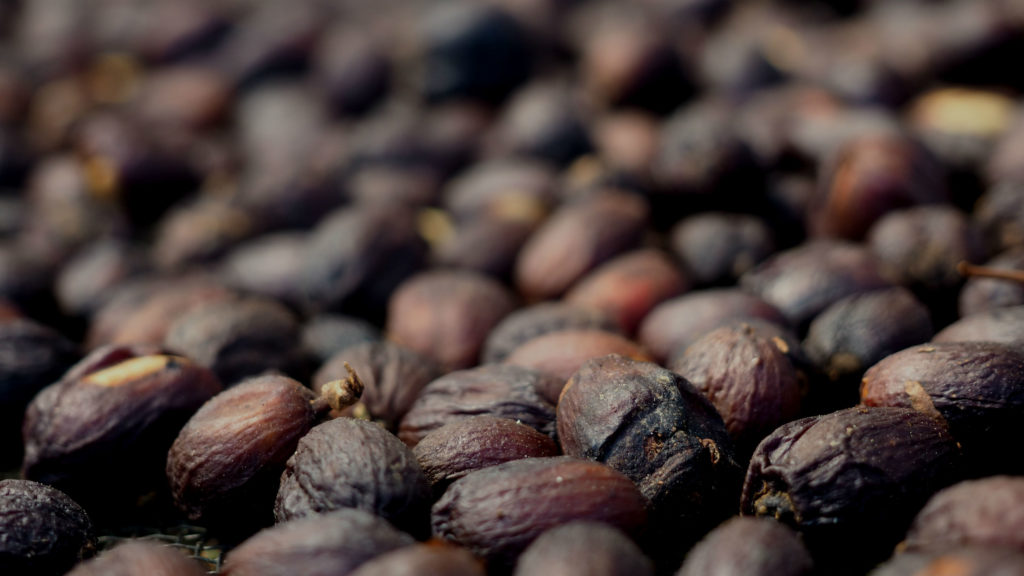
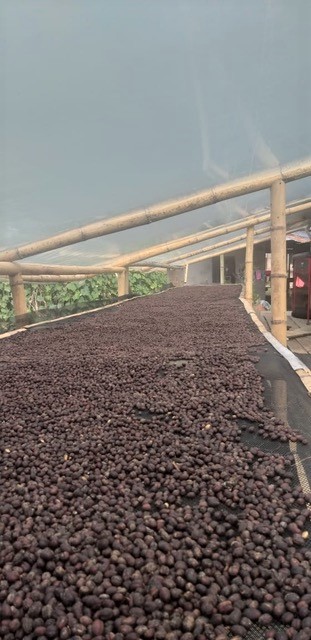

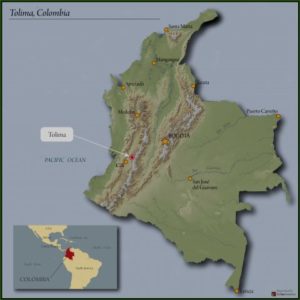
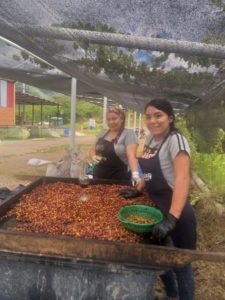
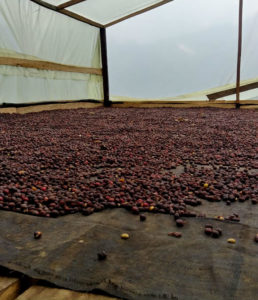
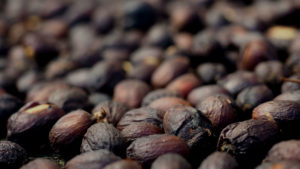
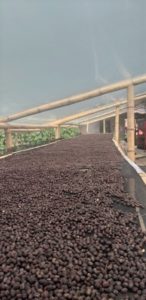
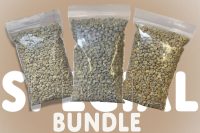

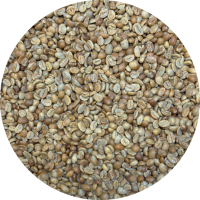

Texman (verified owner) –
Darn good coffee. I was getting tired of tums and Ethiopian coffee, so I figured I should transition to the Americas for a while. This one is super chaffy, so if you’re using an unmodified SR800 collector I would recommend small 140g batches (or file/enlarge the “grill”).